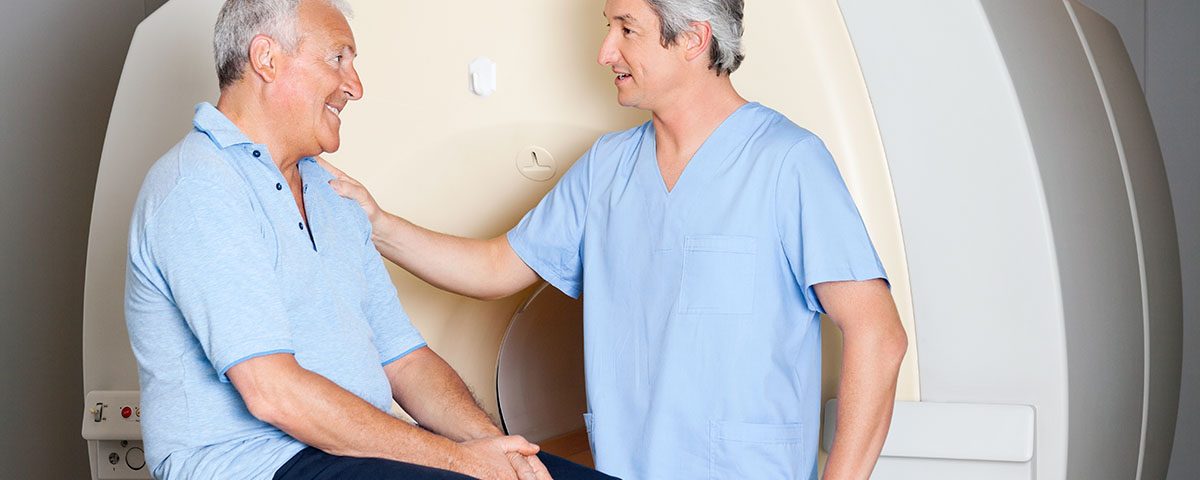
Ongoing Trial: In the TMIST mammography trial, nearly 20% of the volunteers are Black women, thanks to a successful recruitment strategy
October 2, 2020
Screening and surveillance: catching cancer early
October 2, 2020Now Enrolling: The EA2185 trial is comparing two standard methods to follow patients with non-cancerous cysts in the pancreas

Pancreatic cysts are growths in the pancreas that are filled with fluid. There are several different types of benign (non-cancerous) pancreatic cysts. Some cysts can become malignant (cancerous) over time. Usually, people with pancreatic cysts have no symptoms, and their cysts are only found when they undergo an abdominal imaging test, like a CT scan or MRI, for another reason. When this happens, the discovery of the cyst is called an ‘incidental finding.’ Pancreatic cysts that are not cancerous do not need to be surgically removed – unless something about that cyst becomes worrisome during follow-up screening exams – since the surgical removal of the cyst can have associated risks.
It is important to monitor all people with pancreatic cysts to watch for signs that their cysts may be turning into a cancerous tumor. Monitoring can include CT or MRI scans and when needed, a different imaging test called an endoscopic ultrasound. Researchers want to find better ways to detect pancreatic cancer early since it is especially difficult to treat or cure.
Right now, physicians use two different standard follow-up screening schedules to keep a check on the pancreatic cysts. One of the screening schedules is less frequent than the other. The purpose of the EA2185 study is to compare these two monitoring strategies and evaluate which one leads to better outcomes for patients. Researchers do not currently know which of the two is best for patients.

”There are two standard methods used to follow patients with pancreatic cysts,” said study chair David Weinberg, MD (Fox Chase Cancer Center), pictured. “Both work well, but have important differences in cost, convenience, and potentially outcomes, for cyst patients; this trial is designed to identify which method is better.”
Patients enrolled in the study will be assigned to one of two groups: more frequent or less frequent monitoring. In the less frequent group, patients will undergo MRI or CT every 1-2 years depending upon any changes that might occur in the cyst. In the more frequent group, patients may receive, depending upon changes in the cyst, a recommendation to pursue MRI or CT anywhere from every 3-6 months to every 2 years. In both groups, specific changes in the cyst size or appearance will prompt an endoscopic ultrasound.
All patients on the trial will be followed for five years. In cases where cancer is suspected, physicians may recommend that patients have a biopsy and possibly surgery.
The results of this trial could help define the guidelines for the best cyst screening approach to detect pancreas cancer early. Participants will also contribute to medical research that aims to answer questions about whether more frequent monitoring leads to unnecessary surgeries in patients whose cysts remain non-cancerous.
Learn more about the EA2185 study at ecog-acrin.org.


2 Comments
I have a pancreatic cystic lesion. Can I please be enrolled? I am a nurse practitioner and would love to
Dear Jacqueline, thank you for reaching out about participation in the EA2185 trial. We would be happy to help you locate a participating clinical site near you. What is your city, state and zipcode?